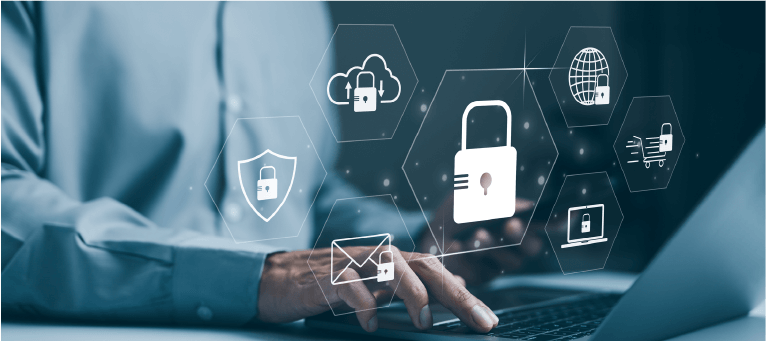By Richard Arneson
It’s not hard to find a Managed Services Provider (MSP); the hard part is finding the right one. Of course, there are many, many things to consider when evaluating MSPs, including the quality of its NOC and SOC (don’t forget the all-important SOC), the level of experienced professionals who manage and maintain it on a second-by-second basis, the length of time they’ve been providing managed services, the breadth and depth of their knowledge, and the range of customer sizes and industries they serve. But there’s something else that should be considered, and asked about, if you’re evaluating Managed Services Providers (MSP)―whether they utilize ITSM and ITIL methodologies.
ITSM (Information Technology Service Management)
ITSM is an approach for the design, delivery, management and overall improvement of an organization’s IT services. Quality ITSM delivers the right people, technology, processes and toolsets to address business objectives. If you currently manage IT services for your organization, you have, whether you know it or not, an ITSM strategy. Chances are that if you don’t know you have one, it might not be very effective, which could be one (1) of the reasons you’re evaluating MSPs.
Ensure the MSPs you’re evaluating staff their NOC and SOC with professionals who adhere to ITSM methodologies. If an ITSM is poorly constructed and doesn’t align with your company’s goals, it will negatively reflect on whether ITIL best practices can be achieved.
ITIL (Information Technology Infrastructure Library)
ITIL is a best practices framework that helps align IT with business needs. It outlines complete guidelines for five (5) key IT lifecycle service areas: Service Design, Service Strategy, Service Transition, Service Operations, and Continued Service Improvement. ITIL’s current version is 3 (V.3), so not only ensuring they follow ITIL methodologies is important, but make certain they’re well-versed in ITIL V.3., which addresses twenty-eight (28) different business processes that affect a company’s ITSM.
Here’s the difference in ITSM and ITIL that you need to remember
ITSM is how IT services are managed. ITIL is a best practices framework for ITSM. So, put simply, ITSM is what is what you do, and ITIL is how to do it. ITIL helps make sense of ITSM processes. ITIL isn’t the only certification of its type in the IT industry, but is undoubtedly the most widely used.
Without understanding the relationship between ITSM and ITIL, companies won’t gain business agility, operational transparency, and reductions in downtime and costs. And if your MSP doesn’t understand that relationship, they’re far less likely to deliver the aforementioned benefits.
For more info, turn to Managed Services Experts
Selecting an MSP is a big decision. Turning over the management of your network and security can be a make-or-break decision. Ensuring that they closely follow ITSM and ITIL methodologies is critically important.
For more information about ITSM and ITIL, contact the Managed Services professionals at GDT. They manage networks and security for some of the largest companies and service providers in the world from their state-of-the-art, 24x7x365 NOC and SOC. You can reach them at MSSales@gdtadvancedsolutions.com.




